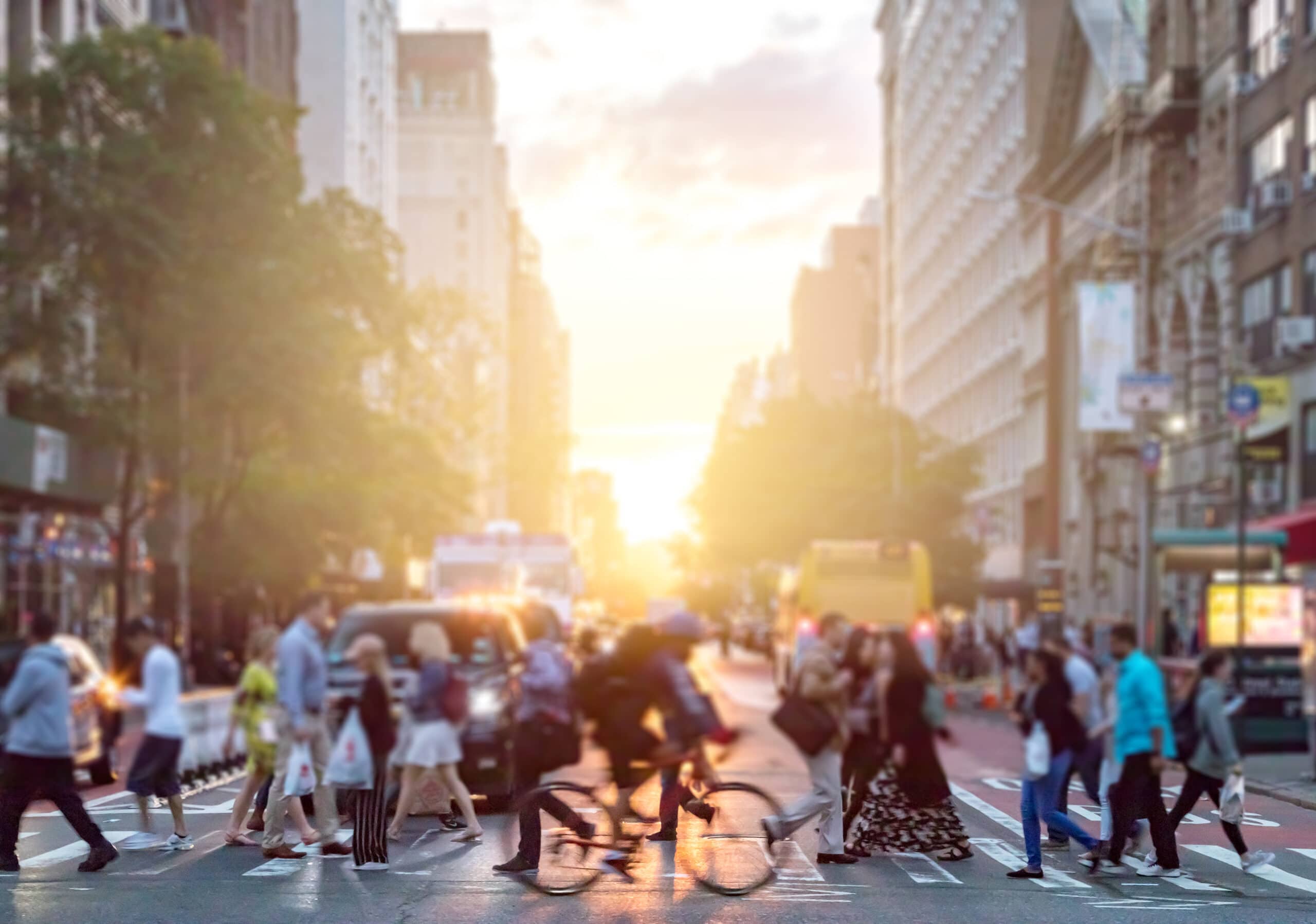
As May is Bike Month, INRIX would like to highlight Doug Irvine, VP of Engineering, who bikes to work a few times a week. Whether you’re trying to reduce your carbon footprint, beat traffic, or just stay active, biking to work is a great way to stay in shape and outdoors.
At INRIX, we know traffic and we also know how to avoid it. Doug’s approach combines smart planning, the right gear, and safety awareness, making his commute a reliable and rewarding part of his schedule. Below, he shares his top tips for biking to work safely, especially in a region like Puget Sound where terrain and weather can vary dramatically.
- Start with a bike which fits your body. This will result in the lowest energy output for a given route and be the most comfortable. eBikes are an option and, for longer rides, can really help reduce the intensity of the bike ride especially in the hilly Puget Sound region. From there, add fenders so you don’t get sprayed when riding on the wet roads of the Puget Sound.
- Dress appropriately and be bright. It is essential to have comfortable clothes to keep you warm and dry but also are brightly colored, so you are easily seen by others. Most importantly, don’t forget a bike helmet which should always be worn while riding. Make sure that your bike has front and rear flashing lights. If riding in more unprotected bike lanes, consider getting multiple flashing lights and even more reflective clothing. Be as bright as a Christmas tree to help cars see you.
- Use an app to plan your route. MapMyRide.com shares information regarding the existence of bike lanes and how wide the shoulder is. It provides information on how hilly each street is so you can plan your route to avoid hills. The city of Seattle publishes a bike map showing the bike friendly features of city streets. For safety purposes, it is important to look for routes where there is a physical separation between the bike lane or path and the lanes for cars. For a broader view of traffic patterns, check out INRIX, which helps understand car traffic congestion. Comparing your bike route to INRIX’s traffic data can show how often your ride will actually beat driving—especially during peak hours. INRIX empowers transportation professionals with data, insights, and tools needed to help protect vulnerable road users, like bicyclists, and prioritize road safety improvement based on data – not guesswork.
- Look at the traffic before leaving. This is one of the best features about commuting by bike; there generally are never unexpected delays because you ride right by any traffic jams. Doug’s commute takes about 25 minutes, rain or shine, cold or hot. On days with bad traffic, you often get home sooner than if you had driven.
- Bike maintenance. Make sure the bike is in good working order. Tire pressure should be checked weekly, and the chain needs to be oiled monthly. Also make sure to check the brake pad and tire wear quarterly. It is important to practice changing a bike tire in case a flat occurs, which requires a bike pump and tire change kit.
- Always be on the lookout. Be paranoid and assume that unless you see the eyes of a driver and they are looking at you, they don’t see you. It’s important to also be careful passing parked cars because drivers will sometimes open their door right in front of you and not see you coming. Hitting an open car door is almost as bad as riding into a brick wall.
- Plan accordingly. When biking to work bring a waterproof bike bag which fits on a rear bike rack. It is important to check the weather reports pretty regularly to look out for rain or hail. When storing and locking your bike, find a place out of the public view. Often there is a bike rack in office parking garages. Doug keeps his lock there all the time (which reduces the weight when biking). Some employers have secure bike rooms, which is even better. If you are locking your bike on the street, make sure to use a very heavy-duty lock. A few things to consider before biking to work for the first time would be how much time it will take and what facilities for changing and storing your bike your workplace has. It is a good idea to do a test run on the weekend when there is less traffic and no time pressure to get there at a certain time helps relieve some nervousness.
Biking to work doesn’t require perfection or fancy gear; just a little planning, the right safety mindset, and a willingness to try something new. At INRIX, we’re all about helping people move smarter. To learn more visit inrix.com.




